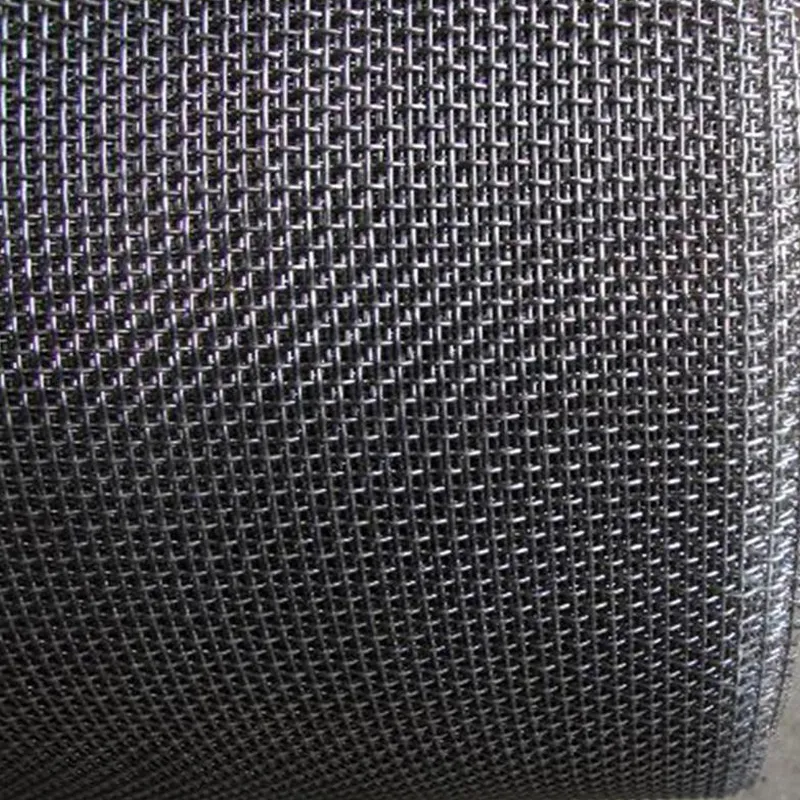Understanding Expanded Metal Mesh Dimensions
Expanded metal mesh is a versatile material widely used across various industries due to its unique strength, durability, and aesthetic appeal. This type of mesh is created by cutting and stretching a sheet of metal—usually aluminum, steel, or stainless steel—into a pattern of interconnected diamonds. This results in a rigid yet lightweight structure that can accommodate different dimensions based on specific applications. Understanding the dimensions of expanded metal mesh is crucial for selecting the right product for your needs.
Types of Expanded Metal Mesh
Expanded metal mesh comes in various types, each suited for different applications. The main types include
1. Standard Expanded Metal This type features a uniform diamond pattern and is the most commonly used. It allows for significant airflow and light transmission, making it ideal for architectural applications.
2. Flattened Expanded Metal This variation is pressed flat after being expanded, resulting in a smoother surface. It’s often used in applications where a more finished look is desired, such as in shelves or workstations.
3. Heavy-Duty Expanded Metal This form is thicker and is used for applications requiring greater strength, such as in flooring and walkways.
Key Dimension Factors to Consider
When selecting expanded metal mesh, several key dimensions must be taken into account
expanded metal mesh dimensions

1. Sheet Size Expanded metal sheets come in various sizes, and understanding the dimensions is crucial for fitting them into your desired application. Common sheet sizes include 4x8 feet and 3x10 feet, but custom sizes can also be produced.
2. Thickness The thickness of the sheet dramatically influences its strength and weight capacity. Typically, expanded metal ranges from 0.025 inches to 0.125 inches thick, with heavier gauges providing more durability for demanding environments.
3. Opening Size The size of the diamonds or openings in the mesh is another critical dimension. It is measured as the distance between two opposite vertices of the diamond. Common opening sizes range from 1/2 inch to 3 inches, depending on the specific use, such as for filtration or security.
4. Strand Width The strand width determines how thick each diamond's edge is, affecting both the appearance and structural integrity of the mesh. Standard strand widths can vary, often ranging from 0.06 inches to 0.125 inches.
5. Aspect Ratio The relationship between the opening width and length forms the aspect ratio, which significantly influences the visual and functional properties of the mesh. A higher aspect ratio may provide greater transparency and airflow.
Applications of Expanded Metal Mesh
Expanded metal mesh is used in various applications due to its versatile dimensions and structural integrity. In architecture, it serves as grilles, screens, or decorative elements. In industrial settings, it's utilized for safety guards, ventilation panels, and filters. Additionally, its lightweight yet robust nature makes it ideal for use in automotive and aerospace manufacturing.
Conclusion
Understanding the dimensions of expanded metal mesh is essential for making informed decisions about its application. By taking into account factors such as sheet size, thickness, opening size, strand width, and aspect ratio, you can select the appropriate type of mesh for your specific needs. Its diverse applications across industries underscore the importance of this material and the role that precision in dimensions plays in ensuring functionality, safety, and aesthetics. Whether you are involved in construction, manufacturing, or architectural design, the right expanded metal mesh can provide the solution you need.

















